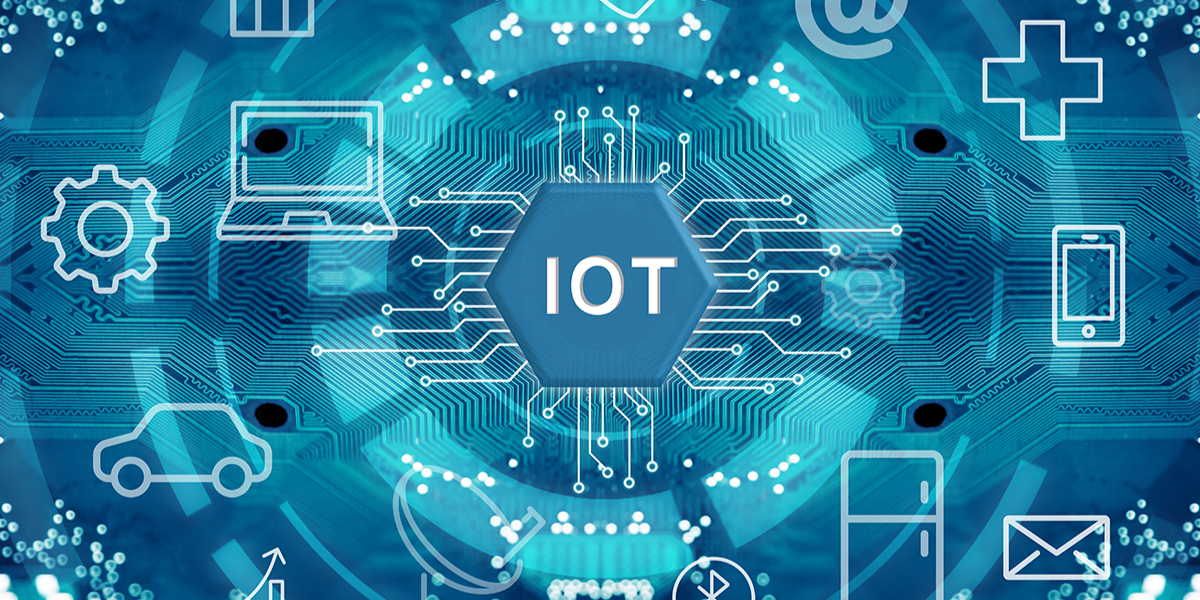
In today’s interconnected world, where everything from our homes to our workplaces is becoming increasingly digitized, the Internet of Things (IoT) has emerged as a transformative force. IoT devices have revolutionized the way we live and work, offering unparalleled convenience and efficiency. However, with this convenience comes a significant security risk. As IoT devices continue to proliferate, they have become prime targets for cybercriminals looking to exploit vulnerabilities and gain unauthorized access to sensitive information.
Understanding IoT Device Security
Securing IoT devices is crucial to safeguarding against potential cyber threats. Unlike traditional computing devices, IoT devices often have limited processing power and memory, making them inherently less secure. Additionally, many IoT devices are deployed in uncontrolled environments, making them susceptible to physical tampering.
To effectively secure IoT devices, it is essential to understand the unique challenges they pose and implement robust security measures to mitigate these risks.
Key Challenges in IoT Device Security
Limited Resources: IoT devices often have constrained resources, including processing power, memory, and battery life, making it challenging to implement complex security protocols.
Diverse Ecosystem: The IoT ecosystem comprises a wide range of devices from various manufacturers, each with its own set of security features and vulnerabilities, complicating security management.
Lack of Standardization: The absence of standardized security protocols across IoT devices makes it difficult to establish consistent security practices and leaves devices vulnerable to exploitation.
Best Practices for IoT Device Security
Despite these challenges, there are several best practices that organizations can adopt to enhance the security of their IoT devices and mitigate the risk of cyber attacks.
Implement Robust Authentication Mechanisms
Authentication is the first line of defense against unauthorized access to IoT devices. Implementing strong authentication mechanisms, such as multi-factor authentication (MFA) and biometric authentication, can significantly reduce the risk of unauthorized access.
Encrypt Data in Transit and at Rest
Encrypting data both in transit and at rest is essential to protect sensitive information from interception and unauthorized access. Utilizing strong encryption algorithms and secure communication protocols, such as Transport Layer Security (TLS), ensures that data remains confidential and secure.
Regularly Update and Patch Devices
Regularly updating and patching IoT devices is critical to addressing known vulnerabilities and protecting against emerging threats. Establishing a comprehensive patch management process ensures that devices are promptly updated with the latest security patches and firmware updates.
Implement Network Segmentation
Segmenting IoT devices from the main network can help contain potential security breaches and limit the impact of a compromised device. By isolating IoT devices into separate network segments and implementing firewalls and access controls, organizations can minimize the risk of unauthorized access to critical systems.
Monitor and Analyze Device Activity
Continuous monitoring and analysis of IoT device activity are essential for detecting and responding to potential security incidents. Implementing robust logging and monitoring solutions enables organizations to identify suspicious behavior and take proactive measures to mitigate security risks.
Conduct Regular Security Audits
Regular security audits and assessments are essential to identify and address security vulnerabilities proactively. Conducting comprehensive security audits, including penetration testing and vulnerability assessments, helps organizations identify weaknesses in their IoT device security posture and take corrective action.
Final Words
Securing IoT devices is paramount in today’s interconnected world, where the proliferation of these devices presents unprecedented security challenges. By implementing robust security measures and adhering to best practices, organizations can mitigate the risk of cyber attacks and safeguard sensitive information. Remember, proactive security measures are key to staying one step ahead of cyber threats and ensuring the integrity and confidentiality of IoT devices and data.
Commonly Asked Questions
1. How can I ensure the security of legacy IoT devices?
Legacy IoT devices pose a unique security challenge due to outdated firmware and lack of support. Implementing network segmentation, regularly updating firmware, and utilizing intrusion detection systems can help mitigate security risks associated with legacy devices.
2. What role does encryption play in IoT device security?
Encryption plays a crucial role in protecting sensitive data transmitted between IoT devices and servers. By encrypting data in transit and at rest, organizations can ensure confidentiality and integrity, mitigating the risk of unauthorized access and data breaches.
3. How do I manage security across a diverse ecosystem of IoT devices?
Managing security across a diverse ecosystem of IoT devices requires a comprehensive approach. Implementing centralized security management tools, conducting regular security audits, and fostering collaboration with device manufacturers can help organizations effectively manage security across their IoT deployments.
4. What are the potential consequences of IoT device security breaches?
IoT device security breaches can have severe consequences, including unauthorized access to sensitive information, disruption of critical services, and compromise of safety-critical systems. Additionally, compromised IoT devices can be leveraged to launch large-scale cyber attacks, further exacerbating the impact.
5. How can I stay informed about emerging IoT security threats?
Staying informed about emerging IoT security threats requires continuous monitoring of security advisories, threat intelligence feeds, and industry best practices. Engaging with cybersecurity communities, participating in relevant forums and conferences, and subscribing to reputable cybersecurity publications can help organizations stay ahead of evolving threats.
Advertisement








